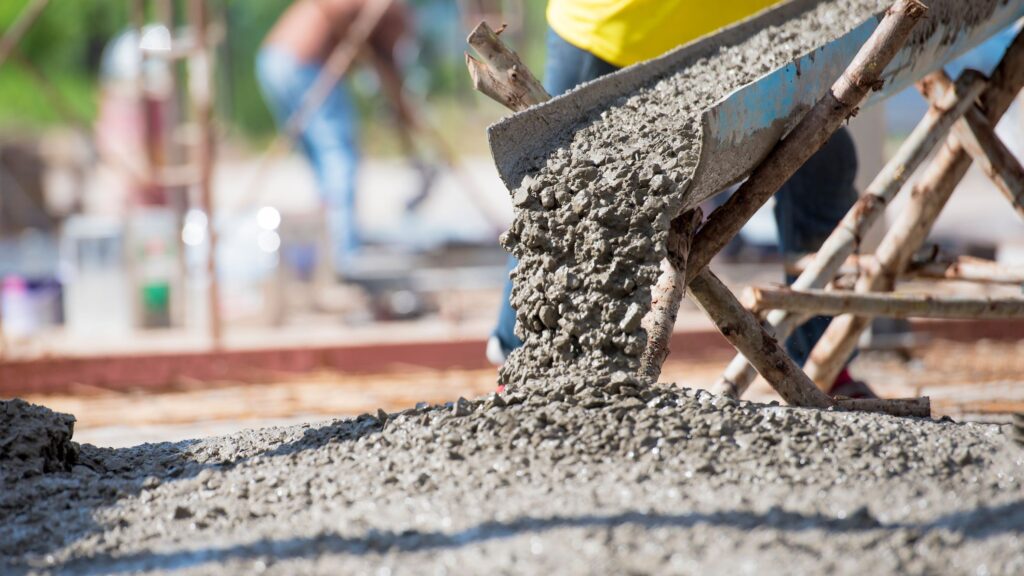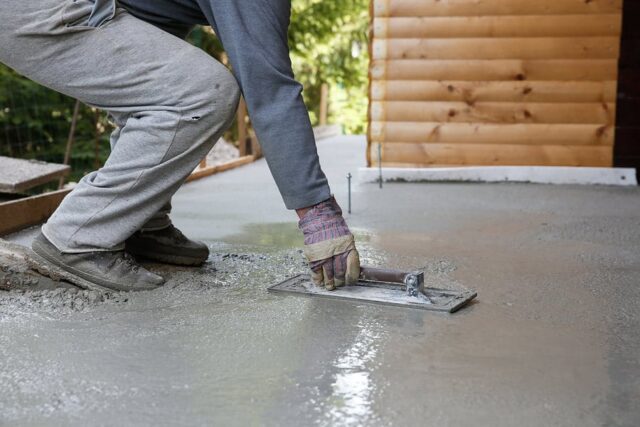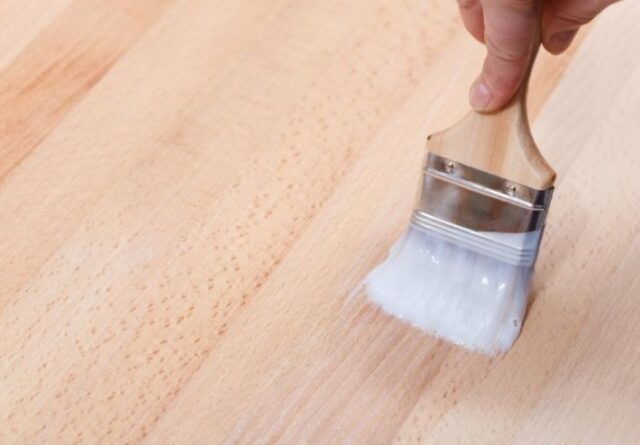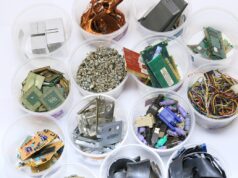
Construction industry is among the most important things on the planet if we take into consideration how many aspects it covers. From new homes and business blocks to all sorts of venues, roads, and other projects, construction has always been dominant in the general consciousness of human beings. We would not be here today if we had not mastered the art of building new things that are able to last us for hundreds, even thousands of years.
Over the many millennia during which the modern human has existed, materials and practices changed dramatically. Nowadays, we have numerous different approaches to building new things and certain materials and solutions are used for specific types of projects. However, it is concrete that has been present in all sorts of different tasks, from roads to hundred story buildings. There are many ways of using it and shaping it, as well as many different types of concrete.
About Concrete

In the article here we are going to talk more about concrete and the approaches and tactics around it. Mainly, we will be focusing on foam jacking and mud jacking, both of which have their uses and benefits. Concrete is one of the most used substances on earth and it has been for a while.
The reasons for this are many and they all make perfect sense. It is long lasting and sturdy, as well as quite flexible, but with the passage of time, the concrete could and does become misplaced. Sinking of concrete is one of the gravest threats to the structural health of your building no matter how big or small it is.
Concrete lifting is the most used method to solve this problem. It is done through either the processes of Mudjacking or Polyurethane injections. Both of them have their own pros and cons and you will hear people recommending both. In the following sections we will compare both of these methods.
Mudjacking

The process of mudjacking is also commonly known as concrete leveling. It is done by applying a special mixture to the damaged concrete. Sand, cement and crushed limestone are mixed together to form a slurry. Then, several holes are made in the concrete through drilling, after which the slurry is further pumped into the holes to lift the concrete slabs. Once the concrete is lifted to an adequate position, the technicians will fill the holes.
It is a classic method to lift up concrete whenever it is needed. It is commonly used in driveways and porches as well as any other type of sidewalk or yard where concrete has been used. It is even applicable if concrete is the material used for the floor in garages or basements. However, there are some things to pay attention to and be careful. It is not recommended for load bearing slabs because it does not have enough power.
What is more, it is not waterproof as the water can easily erode with the slurry present in the concrete. For those among you who are environmentally conscious and want to go green across the board, know that it the process is not environmentally friendly as it produces a lot of dust. It is a fairly inexpensive process though and an easy one to implement. Most of the contractors are familiar with it and it is easy to get good services for mudjacking. It is a less reliable method to lift up your concrete.
Polyurethane

Here we have the most used method for concrete lifting also known as PolyLift. It is a high density foam like material and a preferable way of doing things in the last few years. It is a long-lasting and reliable solution for concrete lifting and it will always give you good results. Again, there are holes that need to be drilled on the affected parts of the concrete and the material is pumped into the holes. The foam expands and lifts the concrete to its original position giving you the desired effect.
The foam can expand up to 7 feet which is more than enough to fix even the worst cases of concrete issues. It is best for lifting the heavily loaded concrete and is therefore the more heavy-duty option between the two approaches we are discussing today. It is a long-lasting solution as it does not erode with water. The material used in this process is 50 times lighter as compared to the slurry used in the mud jacking so it is also cleaner and more environmentally friendly.
The solution mixes well with the soil in the foundation and provides it with more strength and stability. The major con of this process is that most of the contractors are not familiar with this process since it is still relatively new and not everyone has enough skill and expertise to pull off a suitable job. The equipment is also quite expensive which makes most contractors unwilling to offer the service.
Conclusion and Takeaways
You do not have to experience problems with concrete in or around your home to know that it is a handful. It helps to prepare for it and have the right information by your side so that you know exactly what to do if your concrete ever fails you. Therefore, you have to think in advance whether you lean more towards foam or mud jacking.
If you already have such issues and are fed up with the sinking concrete in your driveways or sidewalks, then you should consider these two methods for concrete lifting and evaluate which one works best for you. After going through the pros and cons of both mud jacking and polyurethane, the bottom line is that both of the solutions have their own advantages and disadvantages.
It all depends on the situation and location of the concrete and which contractor you choose to hire. If the concrete is not heavily loaded then mud jacking is an economical solution, but if your concrete is widely exposed to rainy water then polyurethane is the most durable solution. You need to hire experts for concrete lifting services in Charleston anyway so make sure to include them in your decision as well.













